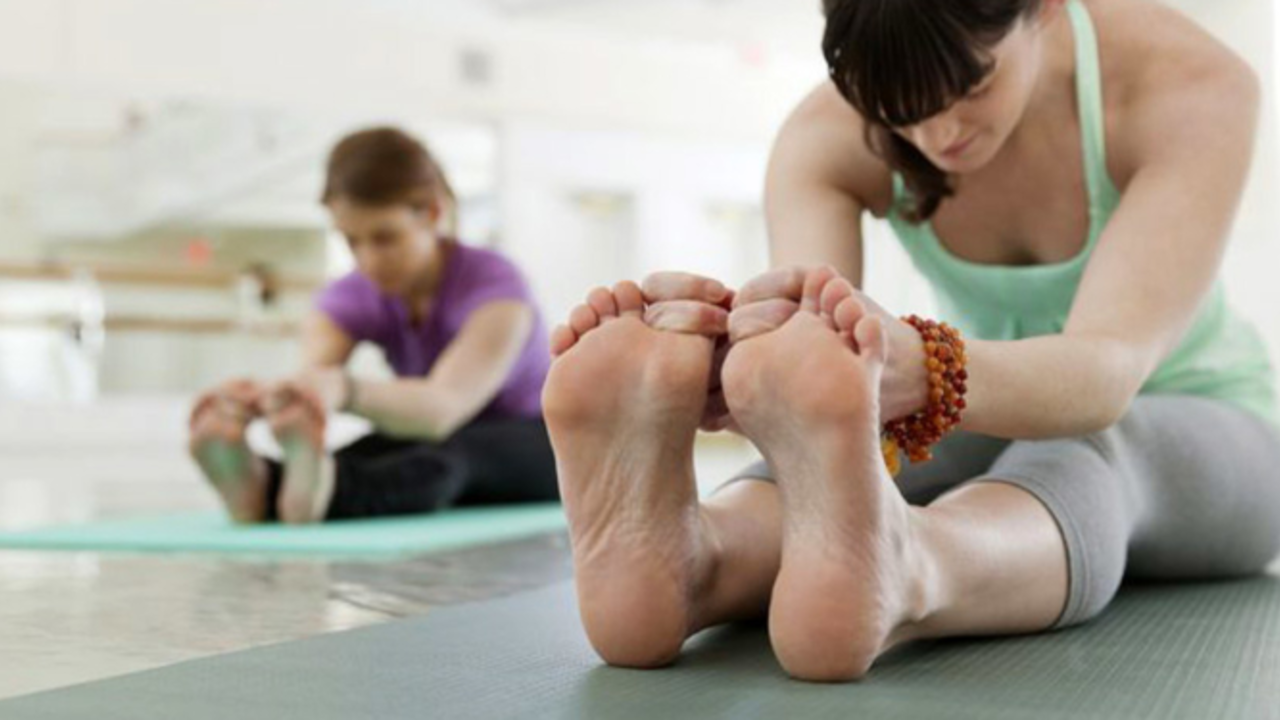Understanding Flat Feet
Let's dive right into understanding what flat feet truly are. Flat feet, also referred to as fallen arches, is a condition where the arch or instep of the foot collapses to the ground during standing or walking. This can vary from person to person; some people with flat feet have flexible flat feet, meaning their arches are visible when they're off their feet but collapse once they stand up. Others have rigid flat feet, in which the arch is completely gone, whether standing or seated.
This condition might be inherent, meaning you were born with it or could develop over time due to age, obesity, or injury. Some people experience no issues with their flat feet, while others may encounter foot pain, ankle swelling, or problems linked to the alignment of their lower body. But can running correct flat feet? Can you really "run" your way out of its potential fitness and health impacts? As a passionate runner with flat feet, I've personally wrestled with these questions for a considerable period. Let's delve into discussing running's role in the progression or possible correction of flat feet.
How Running Interacts With Flat Feet
A close examination of the existing research and speaking with various experts lead to fascinating discoveries. Running, in and of itself, does not correct flat feet. It's crucial to fully grasp this because the wrong kind of running can actually exacerbate the problems associated with flat feet. However, if done right, running can potentially help manage some of the discomforts that come with having flat feet and improve overall foot and lower body health.
If a flat-footed individual were to start running without any form of support or correction, it could lead to a host of other complications. These could include improper foot strike, which can subsequently lead to shin splints, plantar fasciitis, and even early onset of arthritis in the foot and knee joints. This is due to the overpronation that is common in flat-footed runners, where the foot rolls excessively inward, causing these additional complications.
Running Right: Can It Help?
So, how can one ‘run right’ to manage flat feet? At this point, it's important to stress that running "right" does not necessarily mean your flat feet will transform into beautifully arched feet. It does mean, however, that you can learn to run in a way that mitigates the adverse effects of overpronation and leads to less foot and joint discomfort.
For one, choosing the right running shoe is crucial for flat-footed runners. Motion control or stability shoes designed for overpronators help distribute the impact of each stride more evenly and prevent excessive rolling in of the foot. Personally, I found Brooks Adrenaline GTS series to be a game-changer in maintaining comfort during my long runs.
Secondly, strengthening the muscles supporting your feet can heavily improve your running form and provide relief from foot discomfort. Exercises such as towel scrunches, heel raises, and flexion exercises can target these muscles and boost their role in supporting your arch.
Lastly, adopting a midfoot or forefoot strike instead of a heel strike can reduce the impact on your feet and joints. This might require some practice and conscious effort initially, but with time, it can dramatically improve your running experience.
Not Just Running: The Role of Total Foot Health
So, while running, in the right manner, may not 'correct' flat feet, it can definitely aid in managing the symptoms and promoting total foot health. But let's remember that running is not an isolated activity. It is part of a broader spectrum of our personal health and fitness. Foot health is indispensable to our overall wellbeing, affecting our ability to move, maintain balance, and engage in virtually every physical activity. Correcting or managing flat feet shouldn't stop at running but should incorporate a comprehensive approach to promote total foot health.
Suitable footwear isn't only for running. Consider your everyday shoes and even your home slippers. Are they providing the necessary support for your flat feet? A visit to a podiatrist could be very advantageous, they can analyze your gait and foot form to provide personalized advice, which often includes the use of custom insoles that provide arch support.
Eating a balanced diet that keeps your body weight in check can also help alleviate some of the pressure on your flat feet. And don’t forget – ensuring you have strong lower body muscles (calves, quads, glutes) helps better support your feet.
So my fellow flat-footed friends, yes, it isn’t necessarily the end of your running dreams. With the right approach, running can not only be a part of your routine, but can also contribute positively to managing your flat feet. Always remember our feet, just like the rest of our bodies, deserve care and attention. When given that, they can take us places we’ve never been before, flat or not!
